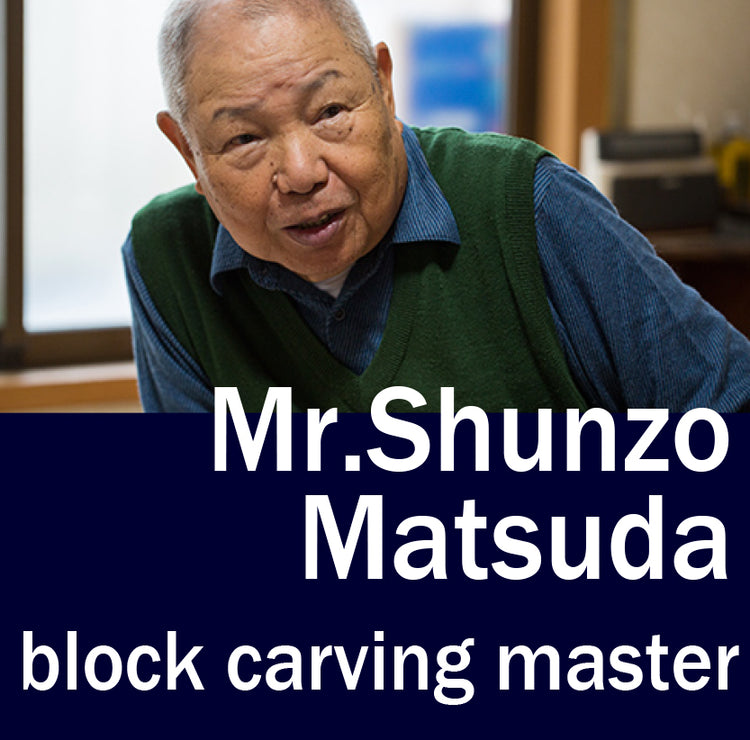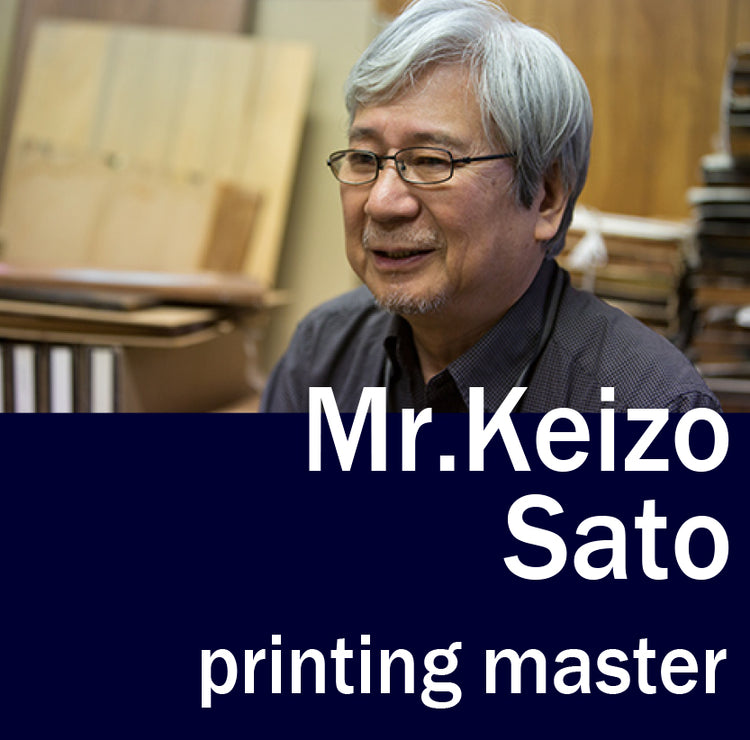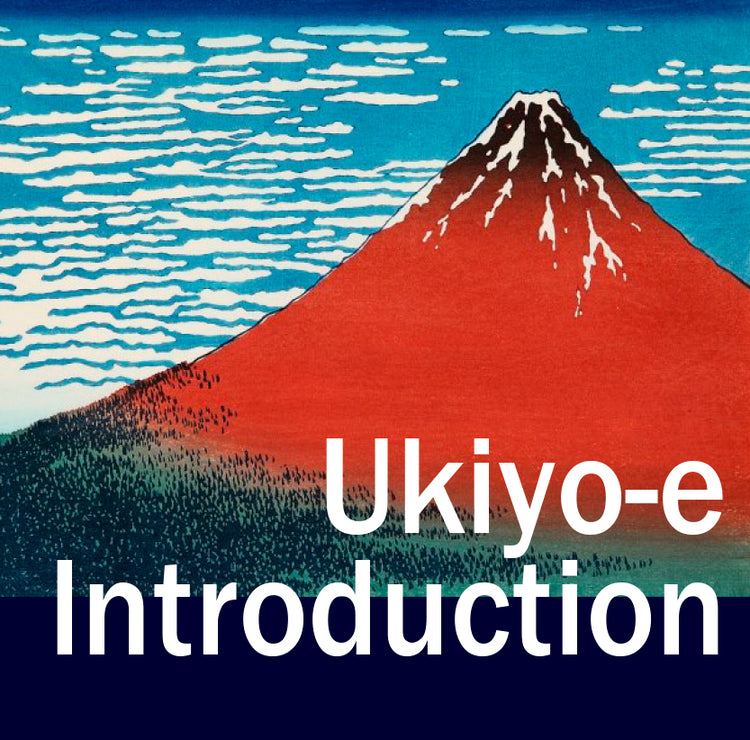Profile
Tell us why you became a carver.
You learned from your father of his carving techniques.
The world of craftsman is a unique one. What was the hardest time you had?
I assume that you have a close relationship with woodblock printing masters. How do you coordinate with them?
How many hours do you work in a day?
Are there any carvers from the Edo period you respect?
You have fifty years of experience as a carver. Please tell us the enjoyment of this work.

Place the rough draft drawn on washi, a thin Japanese paper, on the wood with the face down.
Mark with color pencil.
Put glue on the surface where the rough draft will be.
Smear by hand.
Glue the rough draft onto the wood along with the red mark

Gently distribute the glue evenly with fingers

The rough draft on the wood. Wait until the glue dries.

Carve the black ink outline see through with a small carving knife

Finish carving black inked lines, “Omohan,” black inked woodblock, is completed.

These tools are precious.
They are like his fingertips.
A pile of kyogozuri (Proof prints made from the block that prints the black outlines).
These are not only his but also work left by his father.



















